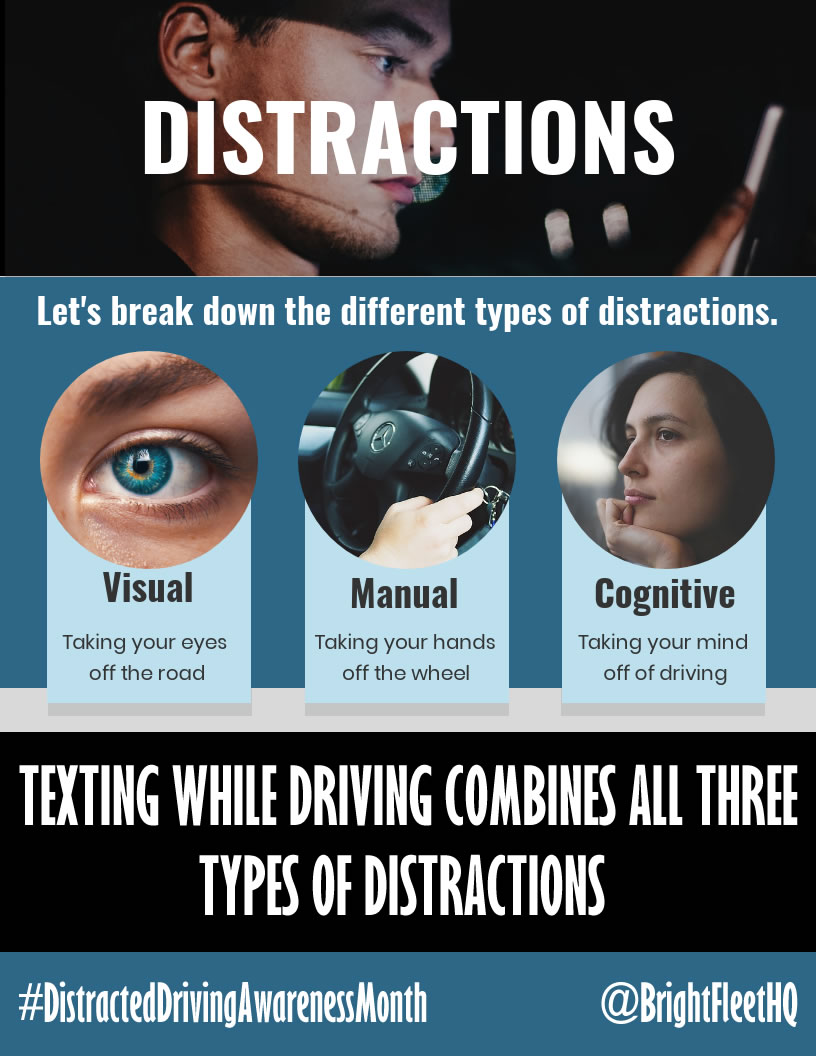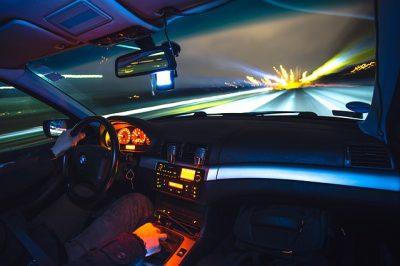Written by Scott Marshall (@SafeDriver)
 In recent years, distracted driving has overcome impaired driving as a major cause of road injuries and fatalities. But it doesn’t have to be that way. Similar to using alcohol or drugs, using a cell phone can become quite addictive. Be honest with yourself. How often have you looked at your cell phone for messages when you know you shouldn’t? At work? At school? In church or while driving? It basically comes from FOMO – which is the “Fear of Missing Out”. Although there seems to be a number of messages out these asking people to stop using their phones while driving, they don’t seem to be getting the message. So let’s try again.
In recent years, distracted driving has overcome impaired driving as a major cause of road injuries and fatalities. But it doesn’t have to be that way. Similar to using alcohol or drugs, using a cell phone can become quite addictive. Be honest with yourself. How often have you looked at your cell phone for messages when you know you shouldn’t? At work? At school? In church or while driving? It basically comes from FOMO – which is the “Fear of Missing Out”. Although there seems to be a number of messages out these asking people to stop using their phones while driving, they don’t seem to be getting the message. So let’s try again.
There’s another old saying I like to use “It’s tougher to argue with yourself than it is with someone else.” This is essentially saying you do what you believe in. Instead of telling you that it shouldn’t be done, it’s better when you believe it yourself and stop doing it. Generally speaking, it’s difficult to do 2 or more thought-provoking tasks at the exact same time. What appears to be multi-tasking is really task-switching. You quickly move from one task to another very quickly, thinking you’re doing both at the same time.
For example,
Having 2 hands on the steering wheel is always a good thing. However, it’s not just the hands that control the vehicle – and I’m not taking about your feet. Your mind has to constantly stay focused on the driving task. Taking a “break” to glance at a non-driving situation can lead to poor or late driving choices, such as going through a red light, a stop sign, perhaps drifting out of your lane or worse, hitting another vehicle or person. This is because your mind has been temporarily been removed from the driving task.
Reaction Time is a Very Limited Commodity While Driving Distracted
It takes time to make a proper driving choice. For example, if you notice a vehicle ahead of you suddenly stopping, there is often more of a delay in your response than many people realize. To break it down, here’s what you need to know. In order to properly respond to driving hazards, you need to know where to look while driving. Your brain is the first body part that’s used to keep you and your vehicle safe. When the driver ahead of you begins to break, your brain told your eyes where to look and when your eyes saw the brake lights, your eyes then told your brain to respond. Your brain told your foot to come off the gas pedal and hit the brakes – hard. Your brain would then receive a message from your eyes to know if you have enough time to stop. If not, your brain told your hands to steer out of the way. All of this takes time.
I know this sounds like a lot, but it only takes a couple of seconds for a proper response to happen. What if, in those couple of seconds, you were glancing down at your phone, staring at the touchscreen on your dash, or looking in the bag of food on the other seat? There wouldn’t be enough time to properly respond, let alone really notice what was happening ahead of you. You drive with your brain and eyes before any other part of your body. Now that we now more of the problem, let’s come up with solutions.
New Vehicle Technologies can be Very Distracting to Drivers
With so many options on the touchscreen, they can take the attention away from the driver. One possible solution is to preprogram your music prior to driving away. If you have a passenger, let them control the options, music or navigation. Having a GPS device is a great tool to help you reach your destinations, but ensure you’re using one with voice activation. Using your listening skills to allow your eyes and mind to focus on driving is a better choice. It takes less time to follow the spoken direction compared to visual or written directions.
Speaking of passengers, they can create huge distractions while you’re driving. Before driving, set up ground rules that they must all follow. Screaming or suddenly moving around can create distractions for the driver. Let them know if they can’t follow the rules they can’t ride in your vehicle. If they can respect the rules, it shows they can respect you, the driver – and will decrease distracted driving.
So if you think the phone is the only truly distraction while driving, think again. Driving needs to be your only function when you sit behind the rule. Rule of thumb – two hands on the wheel, eyes on the road, and do everything you can to avoid distracted driving.

